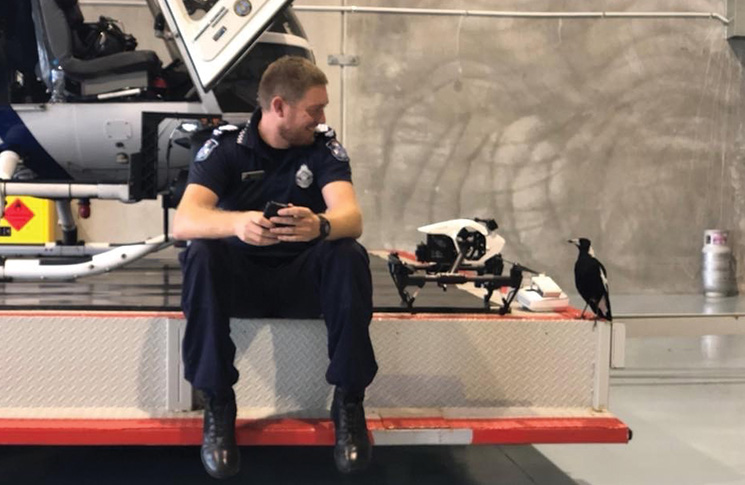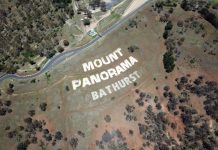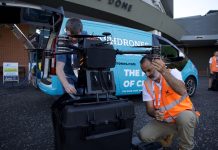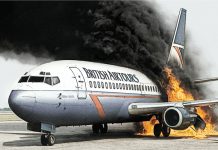Starting a new job is exciting at the best of times but starting a new job during the Covid-19 pandemic is according to Rob Whittle, CASA’s newest aviation safety advisor, ‘both strange and interesting’.
Rob joins CASA with an intriguing and varied career background. Starting in aviation in 1995, he learnt to fly while working in oil analysis. After gaining his commercial pilot’s licence, Rob completed his instructor rating and command instrument rating while working as a charter pilot and flight instructor, later joining Flight West Airlines.
Following the Ansett collapse in 2001, Rob did a complete turnaround and joined the Queensland Police Service (QPS). But aviation wasn’t far from his mind.
During his 18 years in QPS, Rob eventually worked as a forensic crash investigator, (where he completed ATSB and RaAus air crash investigation courses), a scenes of crime officer and a forensic imaging officer. Queue the CSI theme music (Who are you, who who!).
‘In scenes of crime you’re dealing with everything from a scratch on a car to murder scenes, so the work was extremely varied and interesting and our attention to detail level has to be quite high,’ says Rob.
‘Eventually I got a tap on the shoulder and was asked to set up the RPAS section of the QPS, subsequently working as the chief remote pilot for the last three years of my career
.
‘I completed my remote pilot’s licence in 2016, but as chief pilot I discovered all our manuals were quite old so I had to re-write them from scratch and follow all the proper processes, submit it to CASA and got it all ticked off and completed.’
‘Within six months I was then asked to take over the Queensland Fire and Emergency Services (QFES) operations which was also a fantastic opportunity, and yet again entailed the re-writing of all of our manuals.
‘All up, I had a team of 75 pilots using 67 RPAS aircraft for police, and then with QFES I had an extra 28 pilots with 22 extra aircraft, using a mixture of commercial drone equipment from as small as 700 grams to just under seven kilos.’
Rob admits that the transition from manned to unmanned flying was challenging to start off with.
‘You’re trying to fly this aircraft while your two feet are still on the ground and you’re not sitting in the pointy end of it,’ he says.
‘It takes a practice and it’s just a different skill set, but the theory behind flight is exactly the same.
‘When I was upskilling and conducting flight checks on my pilots, I tried to instill the manned aircraft procedures I had learned to make them safer operators.
It’s a continual educational process as they don’t necessarily have that manned aircraft background. As chief remote pilot I was responsible for the standards of my pilots, so it was good to impart and share some of my manned aviation knowledge with them.’
As far as safety tips go, Rob’s advice is unique:
‘Be mindful of the popular times of bird activity… [flying a drone near a bird such as a hawk] can make your approach and safe landing a race between bird and what looks like a delicious meal to them. Be situationally aware at all times, at all locations.’





